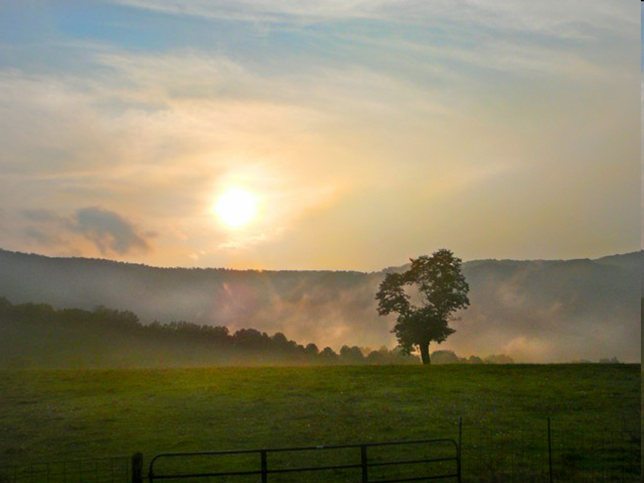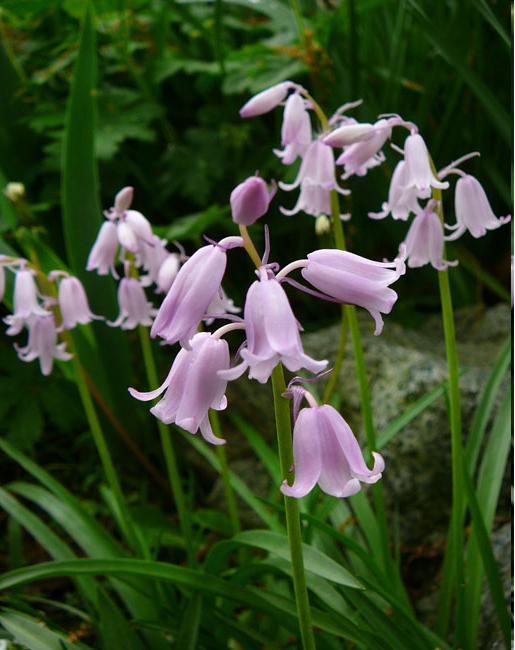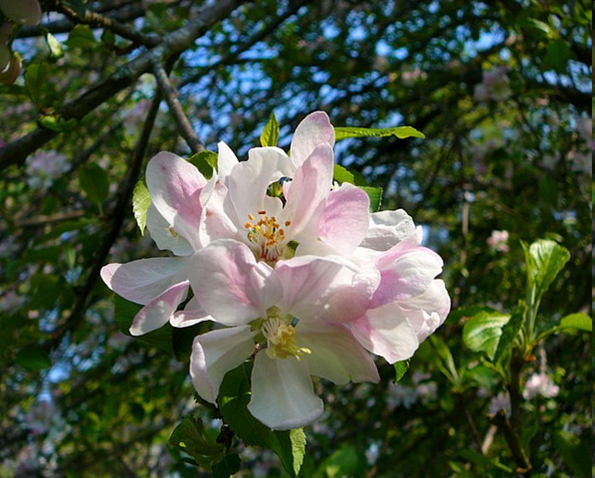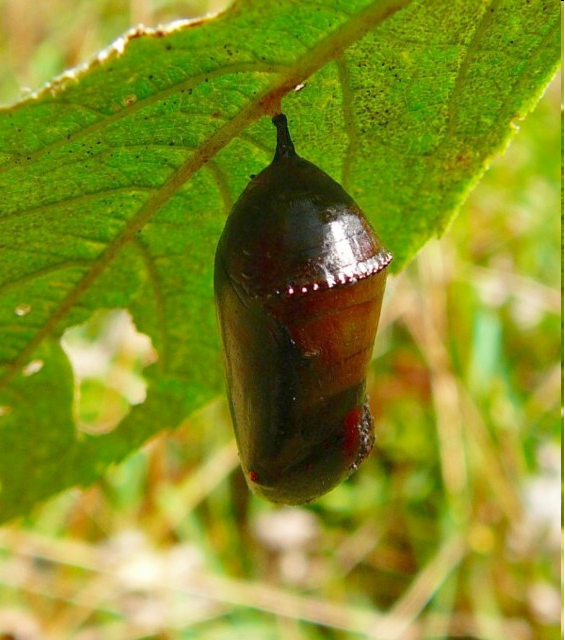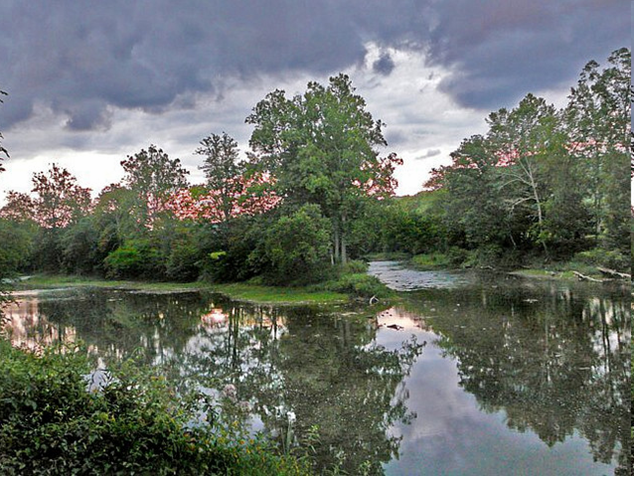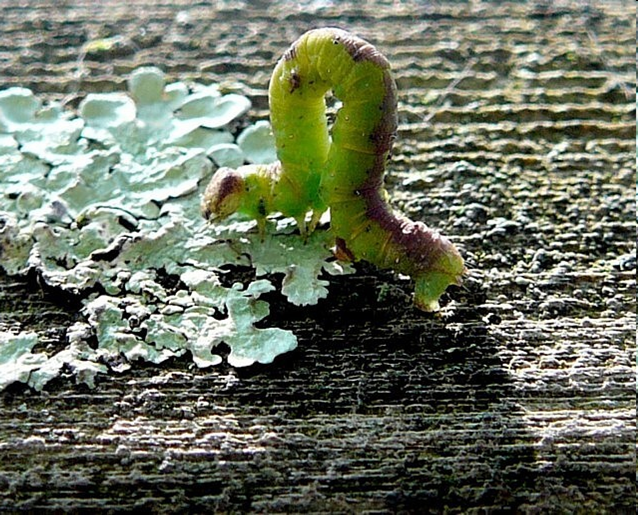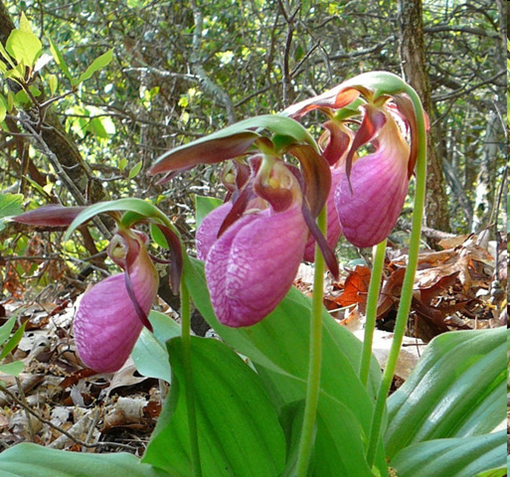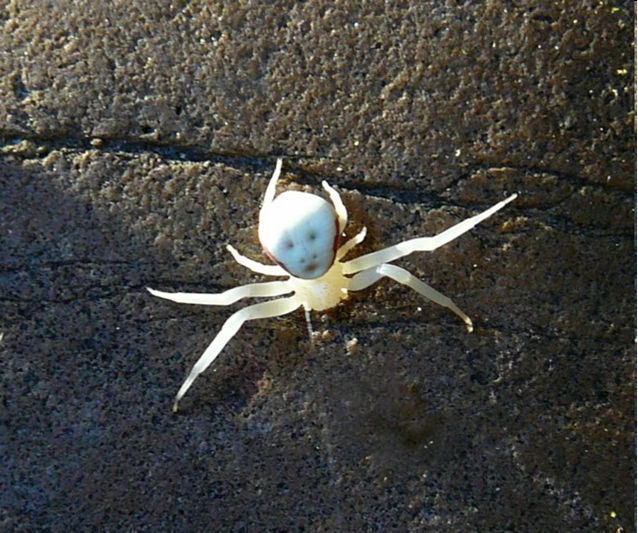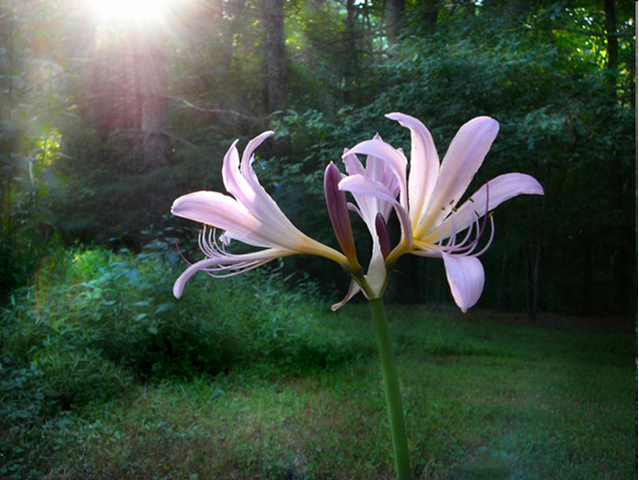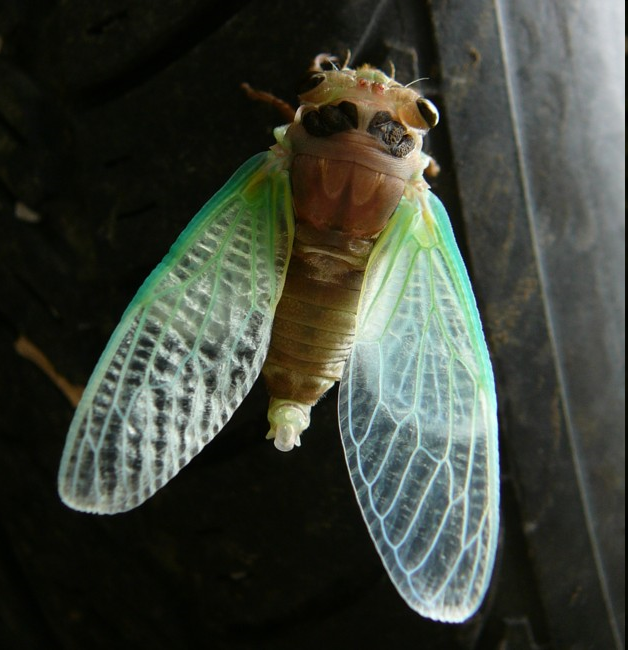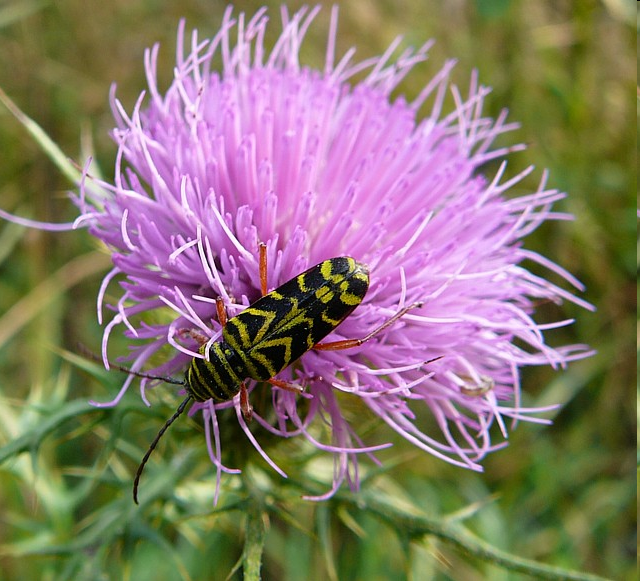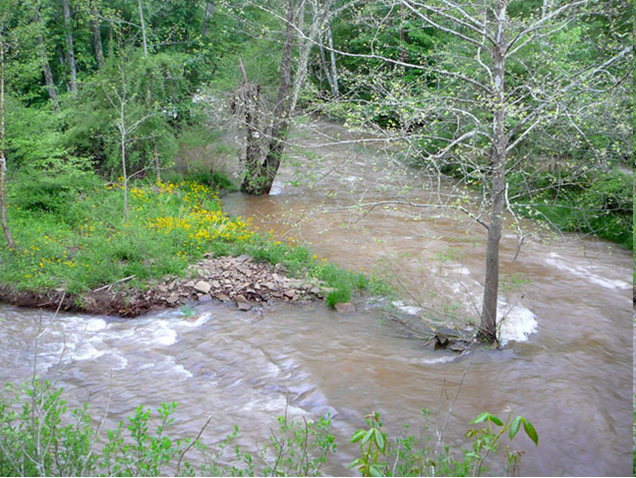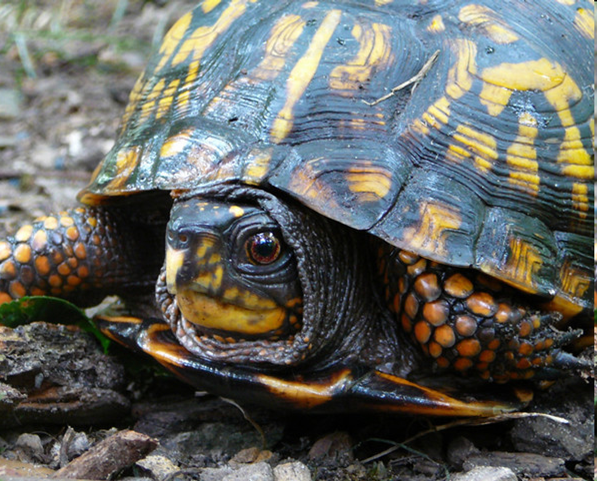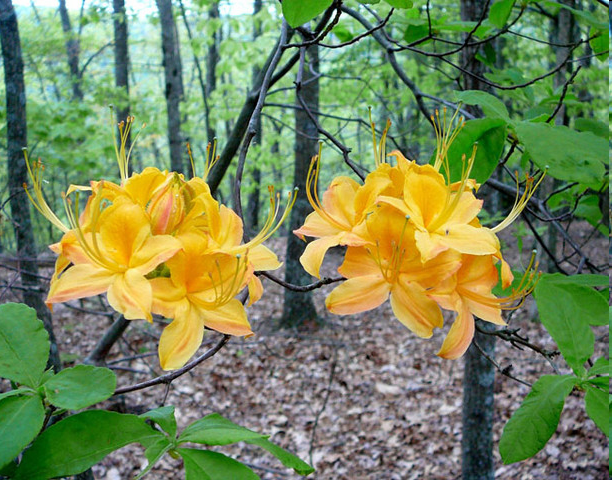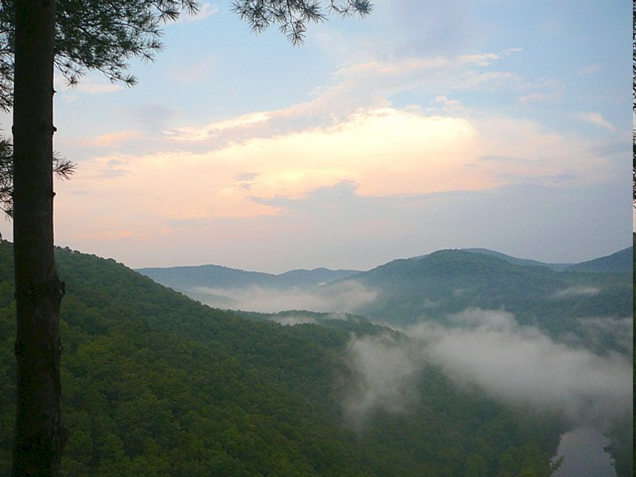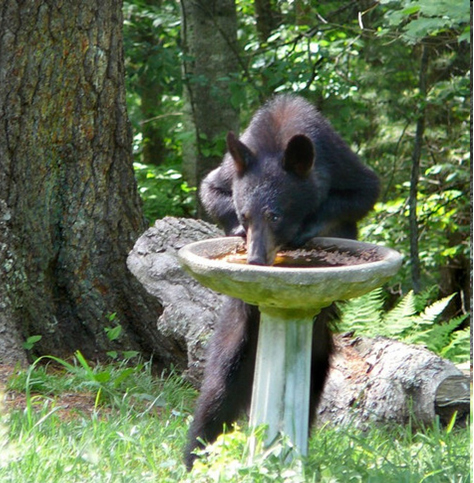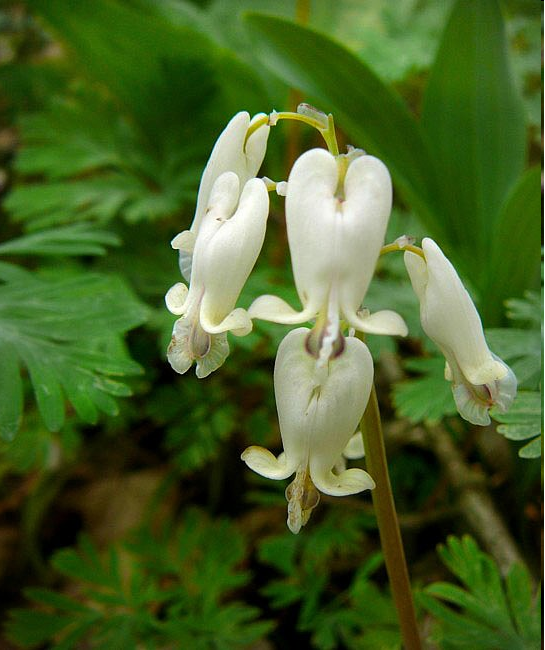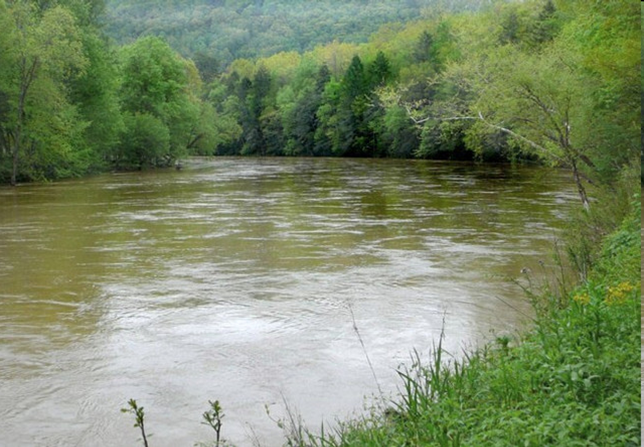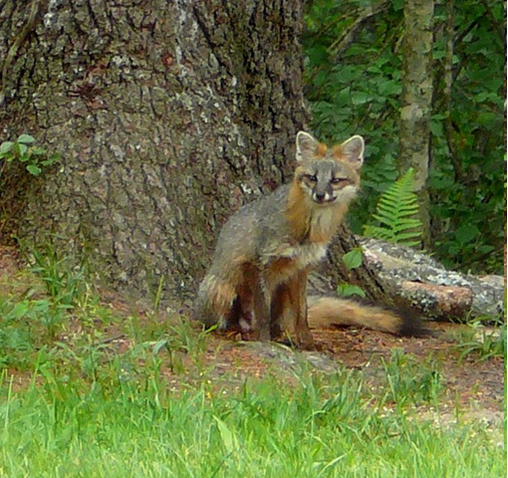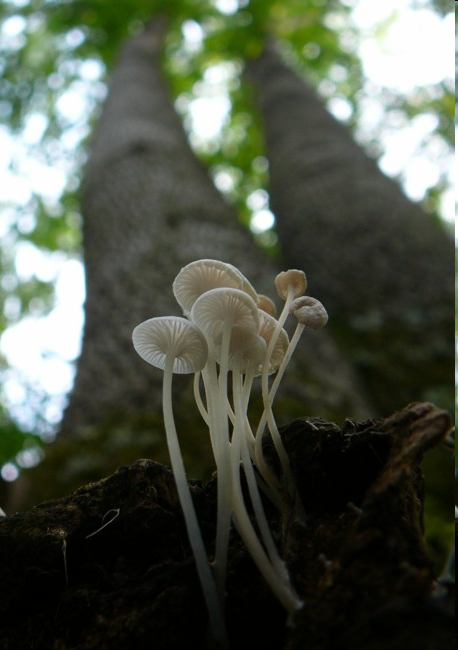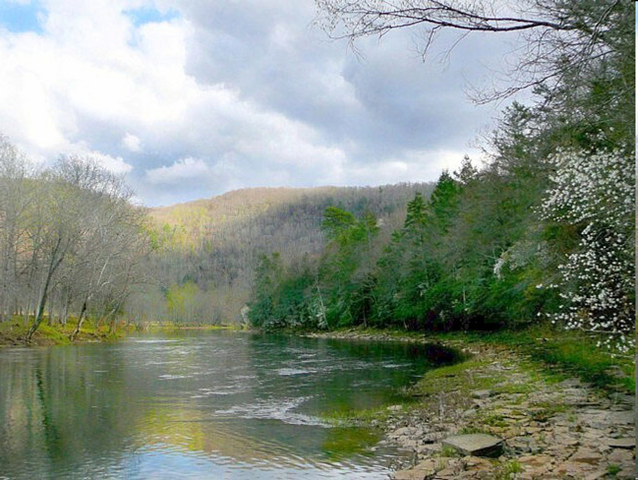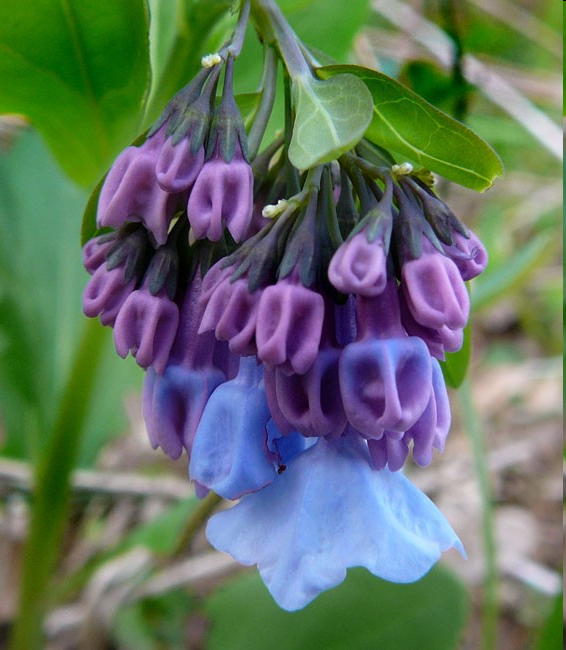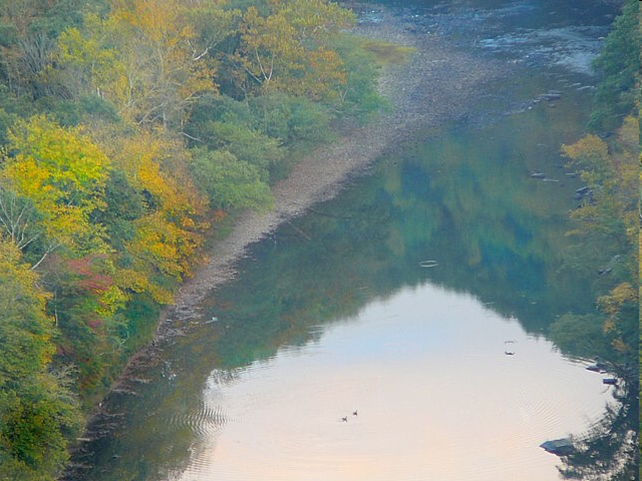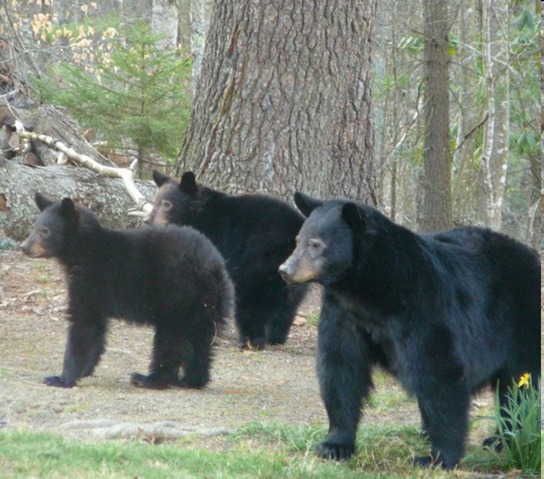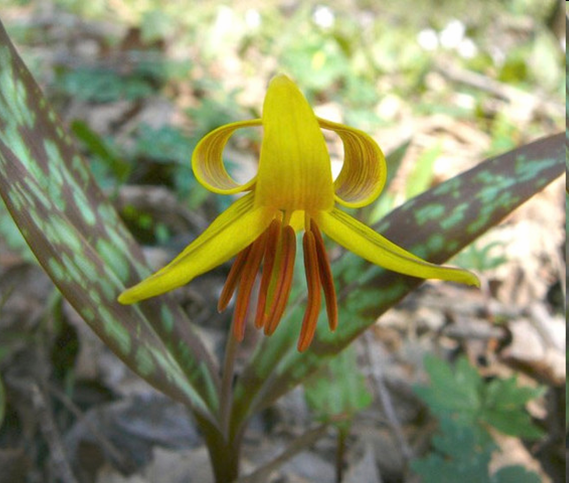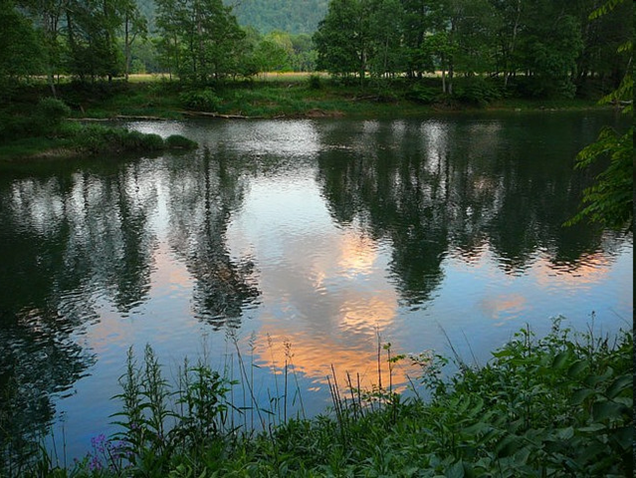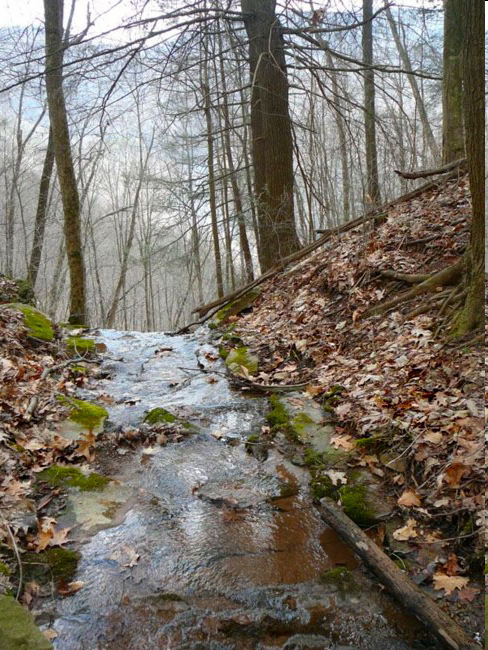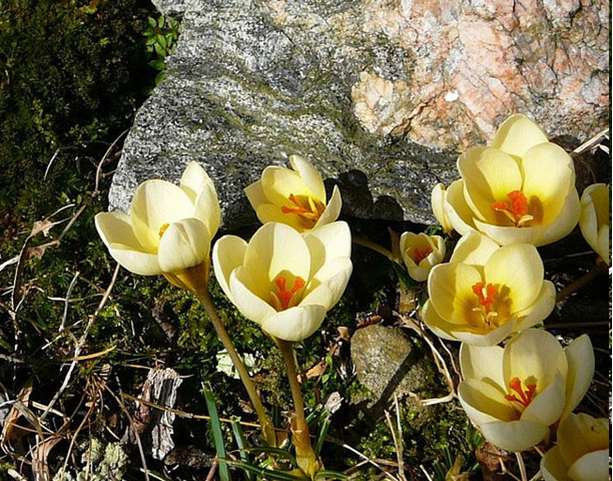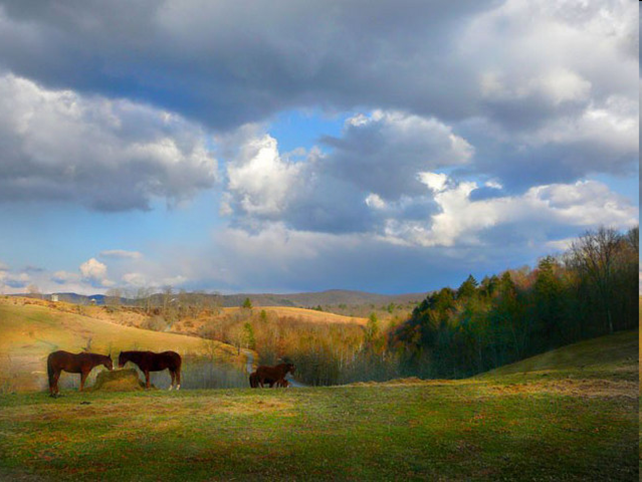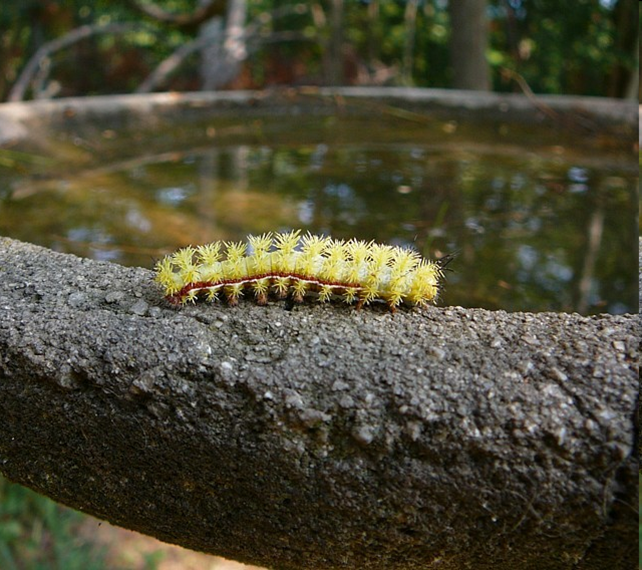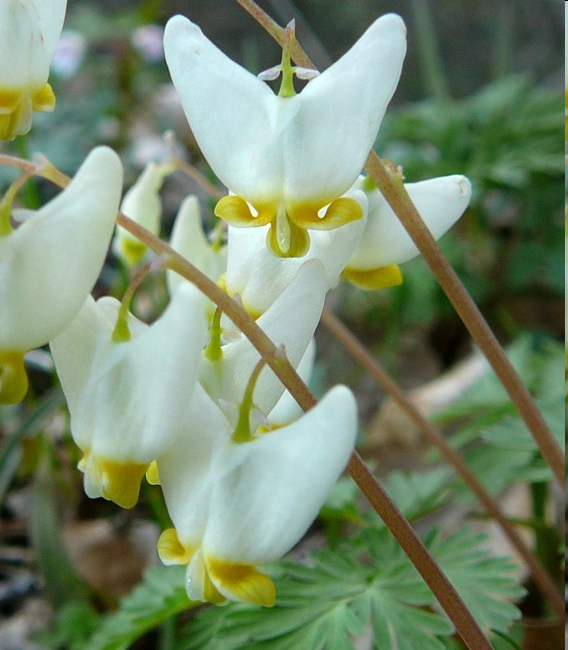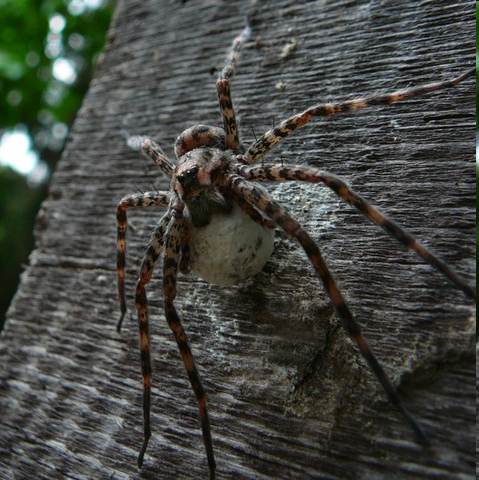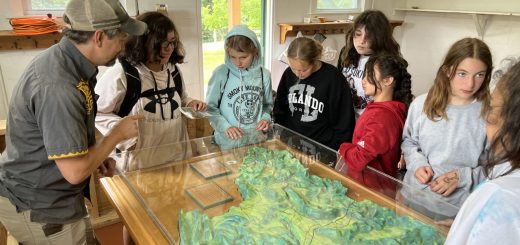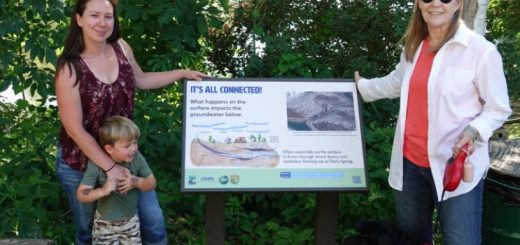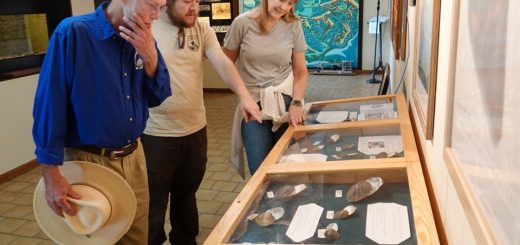An Overview on Water Quality Monitoring
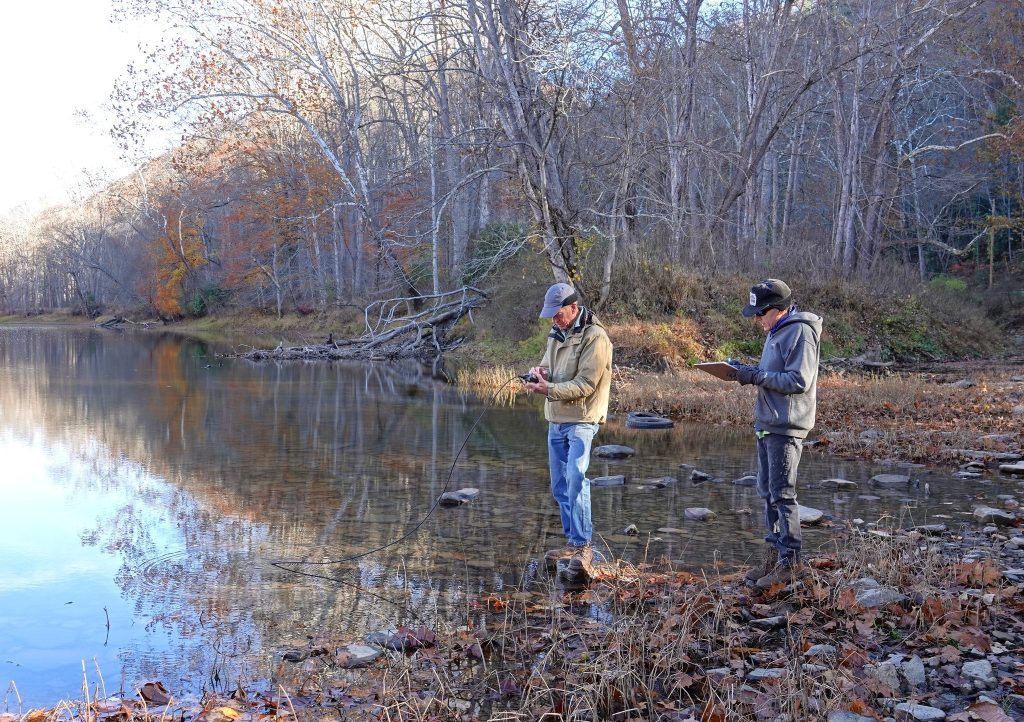
Greenbrier River Watershed Association Receives Grant for Green Floater Mussel Project
January 20, 2021
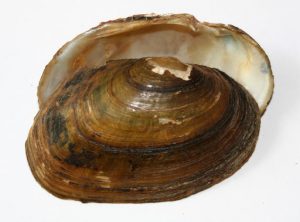
The Greenbrier River Watershed Association (GRWA) is happy to announce the receipt of a $700 grant from the Pyles & Turner Foundation, Inc. to help assist the National Fish Hatchery in White Sulphur Springs (WSSNFH) with plans to produce juveniles of Green Floater mussels for stocking back into the Greenbrier. This will increase the populations of this species and assist in its recovery. The Greenbrier River Watershed Association and WSSNFH plan to conduct an outreach event at the time of release. It also plans to monitor the survival and growth of a subset of the individuals released. The GRWA sees this project as a great opportunity to both directly improve the watershed itself and increase public interest in freshwater mussel conservation.
The project, which has a rough total budget of $10,000-$12,000, will receive additional funding from US Fish and Wildlife and potentially other nonprofit partners. Funding will be specifically used to cover the cost of the release outreach event and subsequent monitoring of the re-released individuals. The Pyles & Turner Foundation, Inc. supports organizations involved with education, water conservation, human services, community development, mining, and economically disadvantaged people.
West Virginia has over 60 native freshwater mussel species and their biodiversity is important to the overall health of the Greenbrier watershed. Mussels filter out pollutants and toxins improving water quality. This creates cleaner drinking water and a more suitable habitat for native flora and fauna.
The Green Floater (Lasmigona subviridis) is a species of freshwater mussel currently considered imperiled and under review for listing on the Endangered Species Act. The Greenbrier River and its tributaries contain one of the best populations of this mussel in West Virginia. This species is also particularly suitable for propagation, because it doesn’t rely on a fish host for reproduction. This makes it cheaper and easier to grow in a hatchery setting.
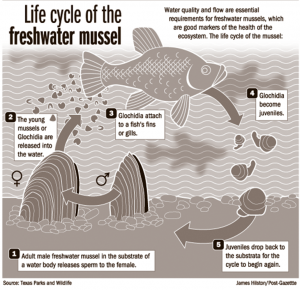
Producing juvenile Green Floater mussels to stock in the Greenbrier will provide broad improvements in the river’s ecosystem. More mussels will increase the filtration capacity creating cleaner water by removing pollutants. Cleaner water facilitates a wider diversity of all life in the watershed for the public to enjoy. This means better birding, fishing, and a more attractive area for river recreation.
The project directly benefits the community as well. The main outreach event at the reintroduction will be used to celebrate the watershed. Fishing lessons, live music, and touch tanks will all be available to create a fun public event. We hope this may help the public take a stake in keeping the watershed clean.
The monitoring of the reintroduced population will provide data on factors effecting survival, which will be used to improve conservation efforts throughout the entire range of the animal. Creating the first captive population of this mussel will provide a reserve for re-population in case of future extinctions.
Partnering: Anthony Creek Dispersed Area Restoration
 The Anthony Creek Dispersed Area Restoration project consists of 6 user created dispersed camping locations along Anthony Creek on the White Sulphur Ranger District. The area has been popular with visitors for decades due to proximity to Blue Bend Campground, Big Draft Wilderness and Anthony Creek, which is stocked with trout.
The Anthony Creek Dispersed Area Restoration project consists of 6 user created dispersed camping locations along Anthony Creek on the White Sulphur Ranger District. The area has been popular with visitors for decades due to proximity to Blue Bend Campground, Big Draft Wilderness and Anthony Creek, which is stocked with trout.
Joint Chief’s Briefing
(PDF) jcb-anthony-creek
Update on the Ronceverte Waste Treatment Facility  Concerned with water quality and an algae overgrowth problem, the Greenbrier Watershed was instrumental in lobbying for and acquiring substantial funding through the Chesapeake Watershed Senate Bill 245 for a new waste treatment plant on the Greenbrier River. The City of Ronceverte has received additional funding and has been working with Dunn Engineers and the Department of Environmental protection to complete a plan that to meet the standards of the Clean Water Act and new phosphorus limits set by the EPA. The plans for a proposed “Vertical Loop reactor” have been being reviewed and revised by different agencies. Public Service District #1 (Lewisburg) is expected to protest the current plans at up-coming hearings, due to possible rate increases and a lack of trust in the fiscal management of the City of Ronceverte. Finding funding for anticipated yearly operation costs for the new facility is a concern. The Waste Facility plans will eventually be phased on to the Public Service Commission (PSC) for a nine month review period. The Greenbrier River Watershed Association will keep members updated on the status of the plant and will announce the Public Hearings when a date has been announced by the PSC. The public is encouraged to attend to discuss the project. Stay tuned for future hearings announcements. |
|
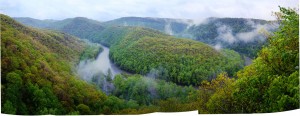 On the Greenbrier River, Spice Run easement from the cliff above. |
















